Up in the sky — it’s a bird, it’s a plane… no, it’s a spider and a SuperMoon! Well, not quite. This composite image by Brian who is called Brian on Flickr was actually taken last night, on September 7, 2014, but it’s an awesome lead-in for our usual request for astrophotos of the Harvest Full — and super — Moon tonight.
So, post your images on our Flickr page, tag your photo with #supermoonphoto to get our attention on social media. We’ll include many in our article here, retweet them, and generally promote them anywhere and everywhere we can think of.
Of course, the future has already happened in Australia, and you can see the full Moon setting in Australia, below, as well as Moonrise images just coming in from Europe:
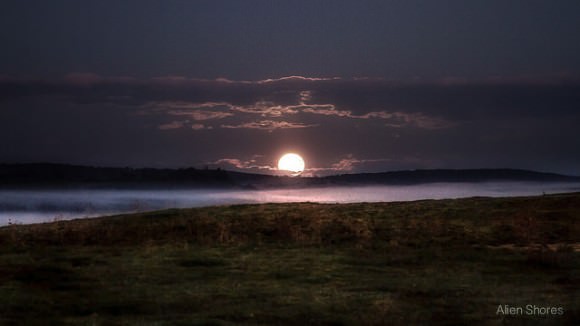
And just how big is the Moon? Astrophotographer Göran Strand (@Astrofotografen) posted this on Twitter:
How big was tonight's #Supermoon? I compared my shot with #USA and #Sweden and actual distance between the countries. pic.twitter.com/DSlld72PO3
— Göran Strand (@Astrofotografen) September 8, 2014
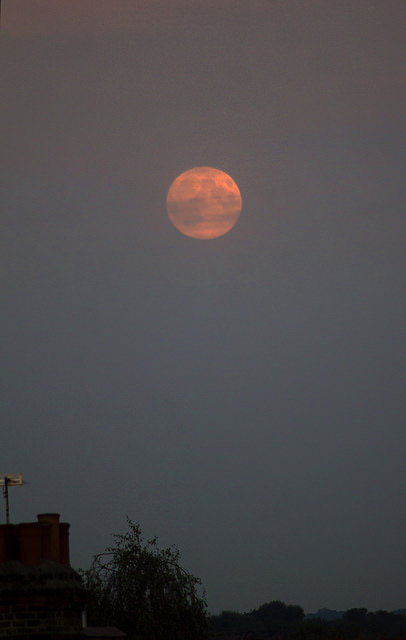
The perigee fullmoon ("supermoon" for some) a few minutes ago with a handheld camera – a bit hazy, thus the coloring. pic.twitter.com/JUYcRnMZyJ
— Daniel Fischer (@cosmos4u) September 8, 2014
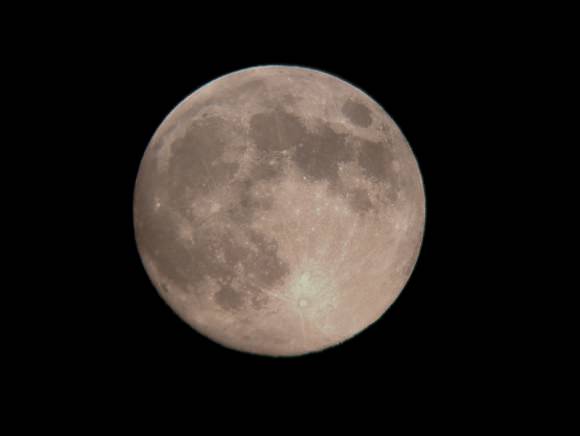
Taken with a Meade 70mm refractor and HTC one x phone.
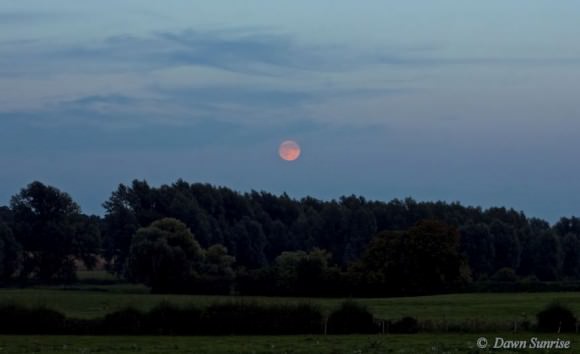
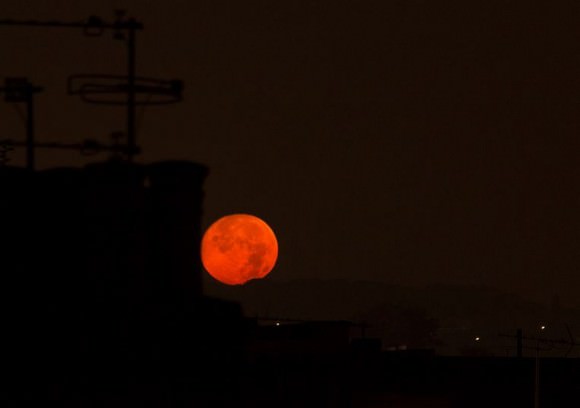
Moonset on the morning of September 8, 2014, as the Moon is just dropping below the Horizon. Credit and copyright: Sculptor Lil on Flickr.
UPDATE: More new images:
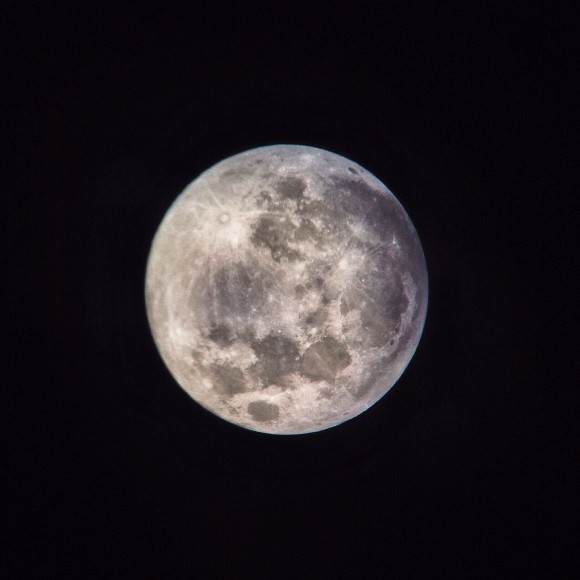
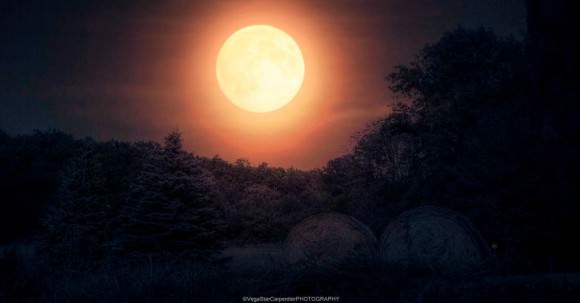
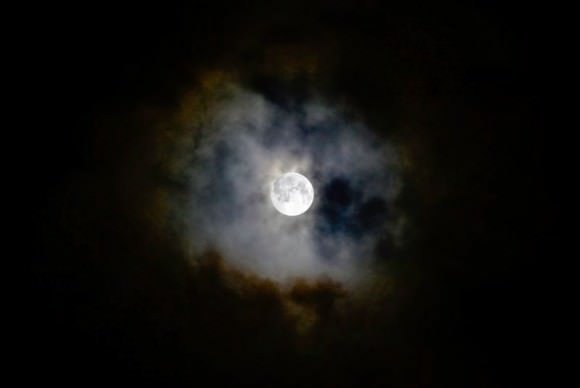
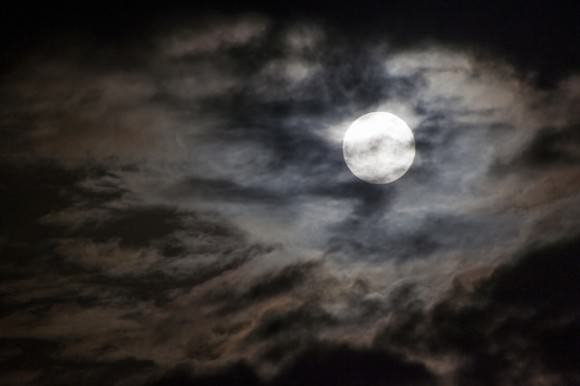
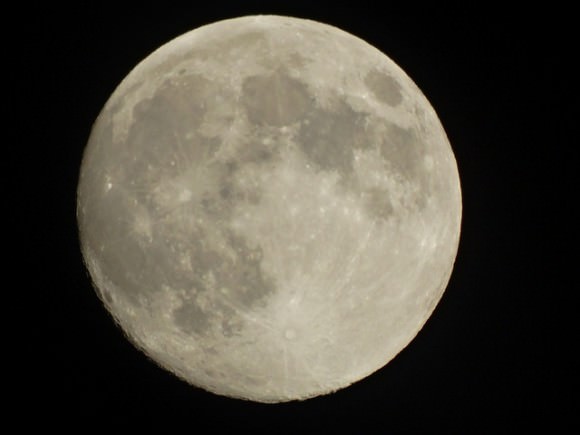
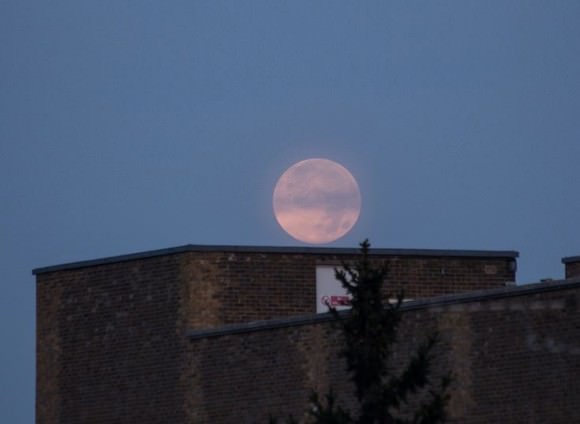
Shows the Moon isn't bigger on the horizon RT @btimerson: A stack of the Full Moon rising tonight. #supermoonphoto pic.twitter.com/xTNoPQv1eQ
— David Dickinson (@Astroguyz) September 9, 2014
#supermoonphoto Rising moon in hazy cloud 8/9/14 #moonwatch #wonders pic.twitter.com/Wm0gSNTsg0
— angela garrod (@angegarrod) September 9, 2014
Rostov region, Russia 12.07.2014, 21:30
Moon reminds Mars
#SuperMoonPhoto #Russia pic.twitter.com/tIPifT20SR
— Alien Unicorn (@_Alien_Unicorn_) July 14, 2014

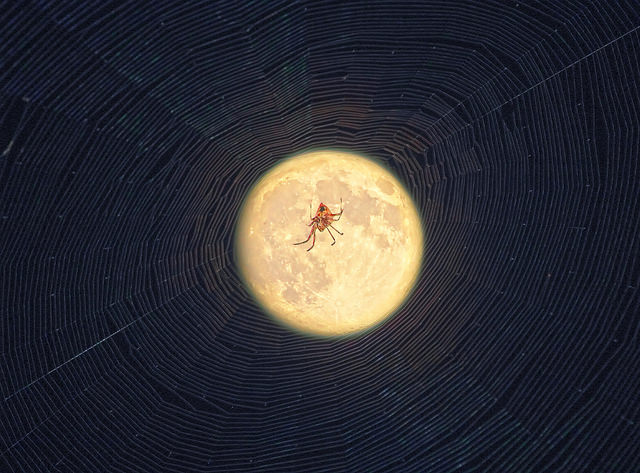
So THAT’s how Saturn got it’s rings! Spiders… Seriously there is in all likelihood, a planet somewhere in the universe that looks exactly like that first image! Minus the spider. Or maybe naught?
Sci-Fi short story: A race of gigantic spider like creatures evolve on a far away (We hope) planet. That planet is thousands of times larger than the Earth. The spider’s evolve into a superior hive intelligence shortly after becoming TOO successful as breeders. The planet’s resources are nearly exhausted or overwhelmed. Nature taking it’s course in just the nick of time, selects out a spider from the trillions who uses collected stomach gases and a hardened web surrounding his spinnerets to inject that gas into high temperature silicon based combustion chambers. Climbing to the highest peak on the planet (Some 200 feet) and casting a cleverly designed web high into the air, this spider learns how to catch the winds and drift up into the planet’s upper atmosphere. Once there muscles contract and create a pizoelectric spark in the mineral content therein which ignites collected digestion gases within bowels and lower intestinal tract. The explosive gases provide thrust for the spineret nozzles, enough to launch into orbit anyway and then eventually beyond. The spiders choose to breed in this trait and spread the genius genetically. The ‘risk taker’ is made prime breeder for the planet and then is chosen to rule for nearly a million years. The spiders eventually learn that the nearby star systems are disarmingly small and therefore quite disappointing for colonization. Most of what they see with their web spun telescopes are similar. They realize how unique they are and can rationalize building gigantic webs around selected planets which they will then feed on for centuries, consuming the flora, fauna and useful minerals therein. – Ever look up into the night sky and imagine you are seeing some sort of web of connected stars?
P.S. No comment.